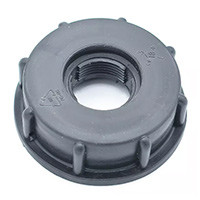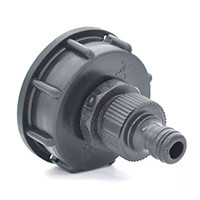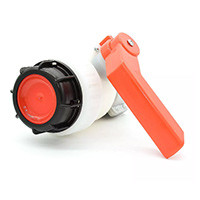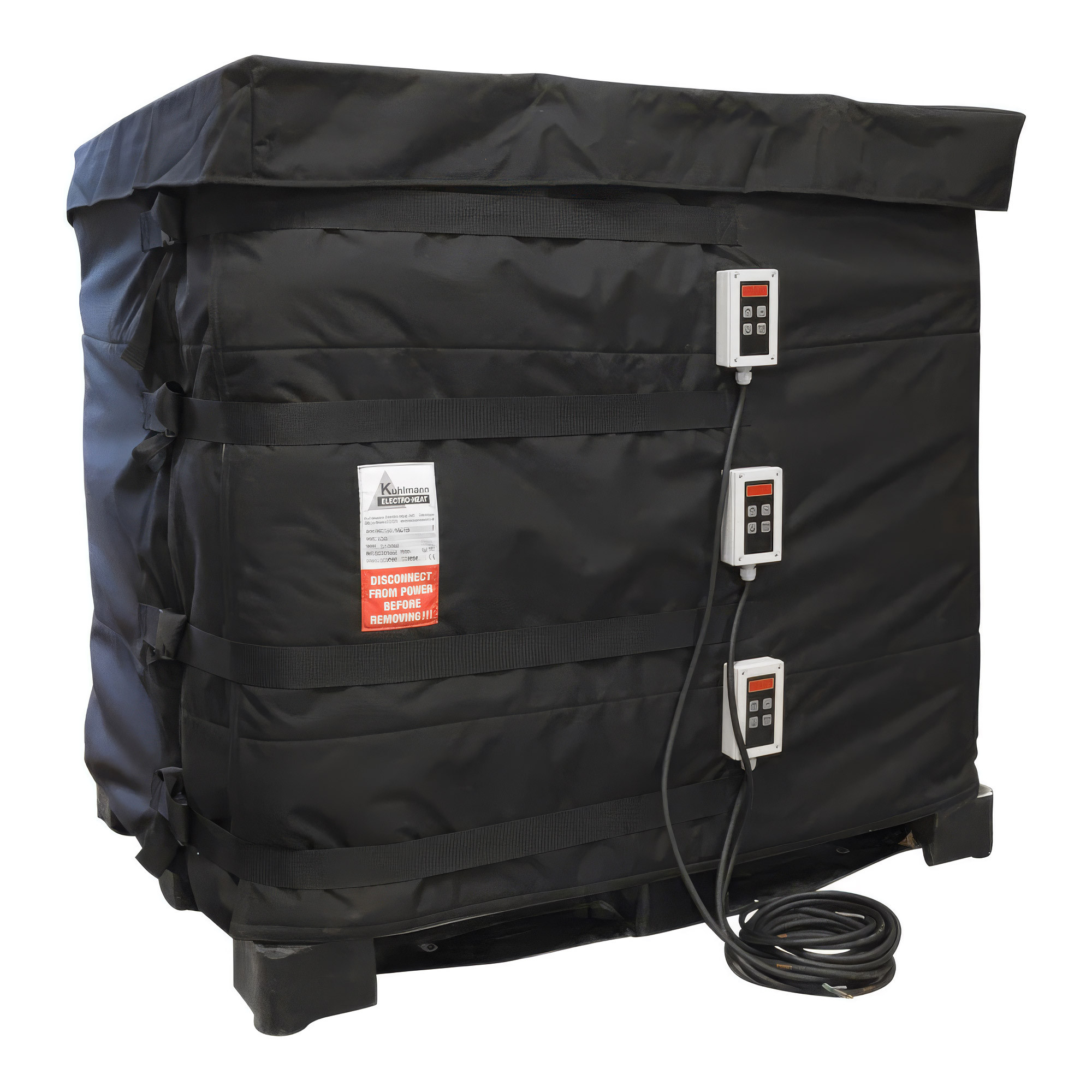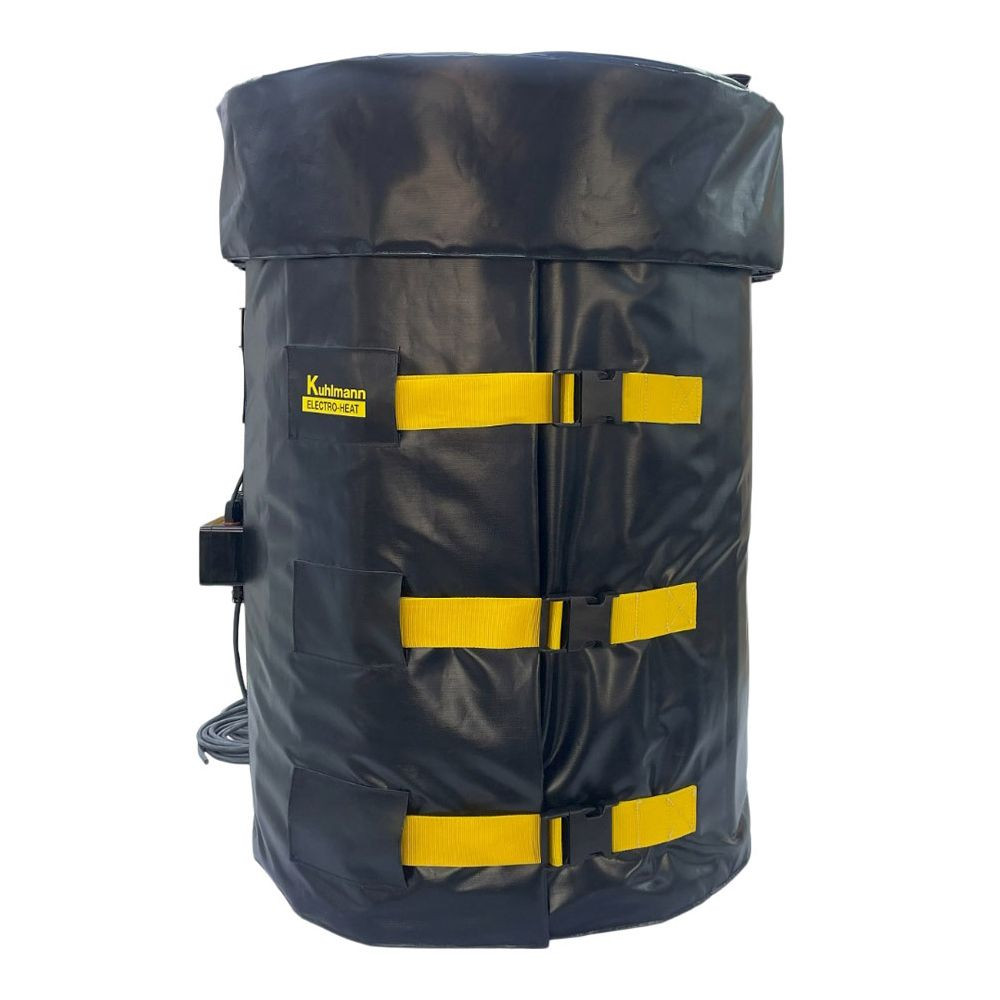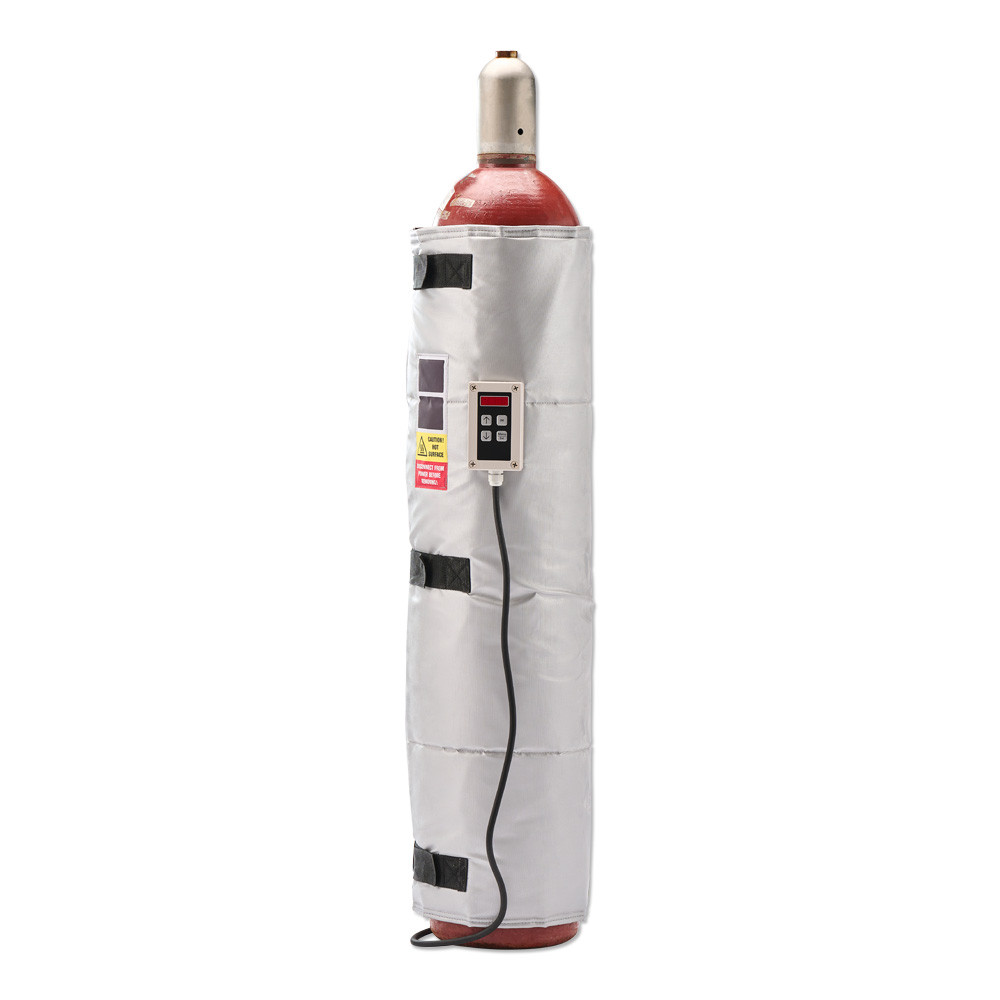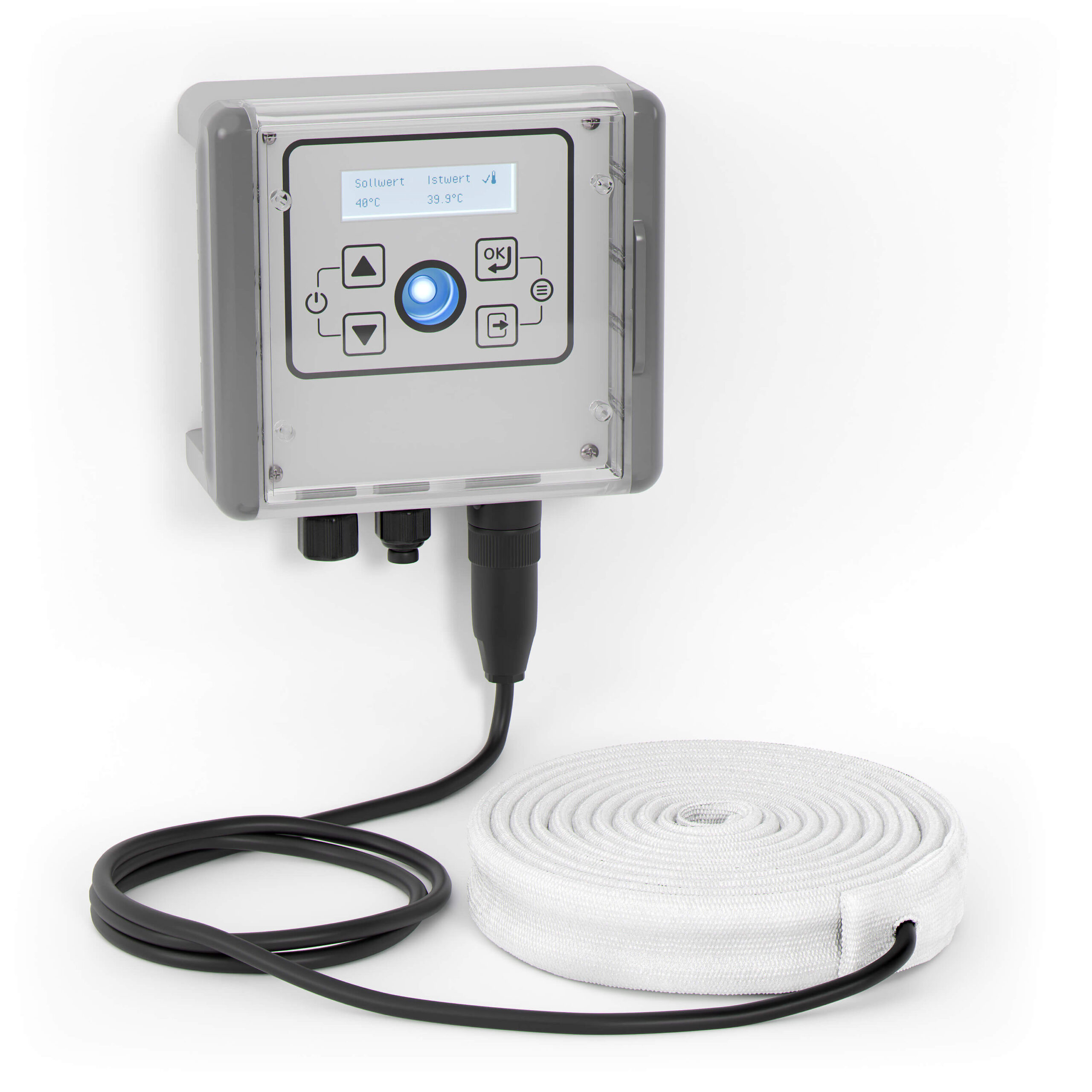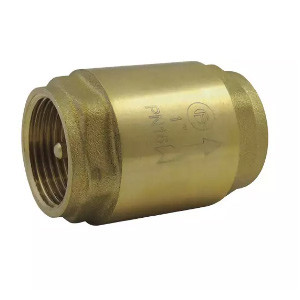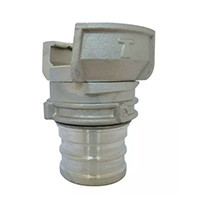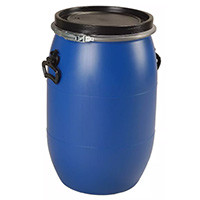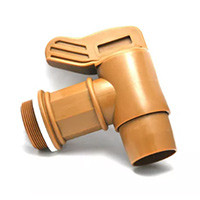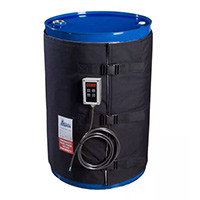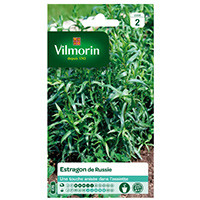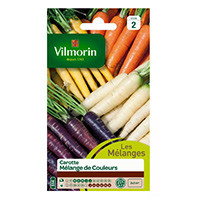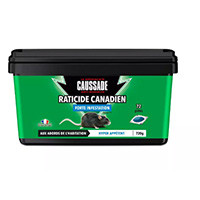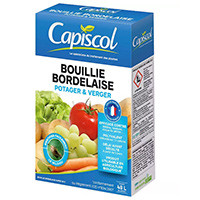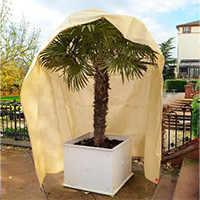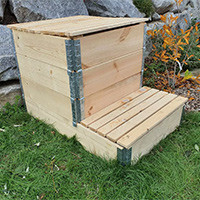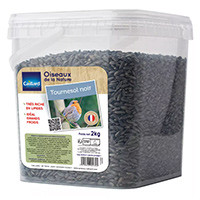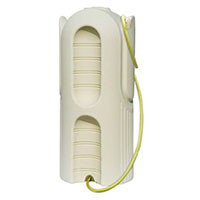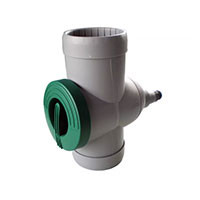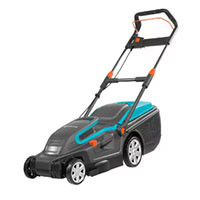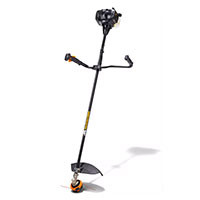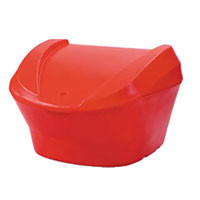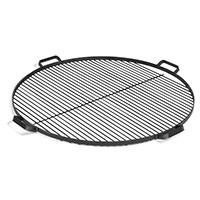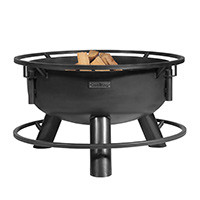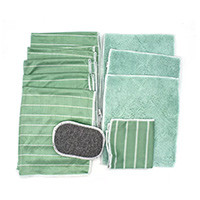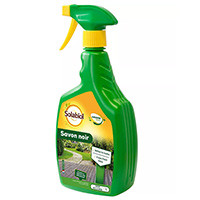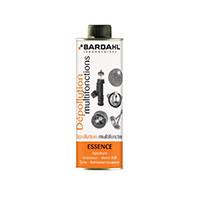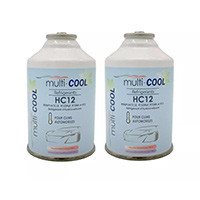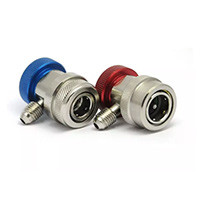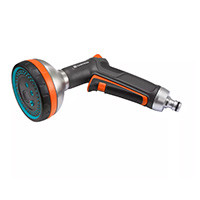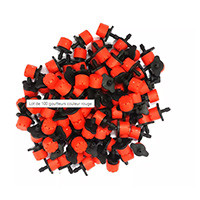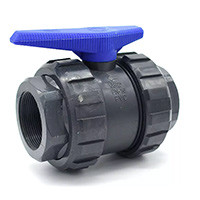
Ten things to know about rainwater harvesting
Categories : Advice
10 things to know about rainwater harvesting
Collect rainwater ... Have you thought about it but dare not take the plunge? Here are the 10 essential things to know about this eco-friendly gesture.
Not all water used must be potable
Today, it is estimated that the French use an average of 148 * liters of water per day and per capita - certain special cases consume more, this is the case for athletes whose lifestyle leads to consumption of more than 200 liters per day. However, of these 148 liters, less than half (45%) is used for purposes where it needs to be potable.
Indeed, uses such as flushing, washing clothes, washing the car or watering the garden work just as well with rainwater.
(*) Source: water information center.
Collecting rainwater: protecting the planet
As some episodes of drought indicate, water resources are shrinking over time - in a century, water consumption in the world has multiplied by 7! However, water is one of the elements, so life on earth depends. Reducing its water consumption by recovering rainwater is therefore one of the eco-citizen acts par excellence.
Save rainwater: save money
The budget of a home for 4 people for its water consumption is estimated at 500 to 700 € per year. Knowing that the price of water per m3 increases every year, it may be worth investing in a rainwater recovery tank. In addition to making an ecological gesture, we can hope to achieve savings of around € 200 per year.
The system costs between 4000 and 6000 €
According to the ADEME (Agency for the Development of the Environment and Energy Management), installing a rainwater recovery system at home represents an investment of between € 4,000 and € 6,000 including tax. This price includes installation and labor but is given as an indication, the amount may vary depending on the type of recuperator chosen and the capacity of the tank.
Incentive financial aid exists
Several measures encourage citizens to install a rainwater recovery system: this is the case with 10% VAT, but also with subsidies granted by local authorities.
100 m2 = 600 L of water recovered
On average over the year, a rainwater recovery system can recover 600 liters of water per m2 of roof. When you are sheltered by a 100 m2 roof, you can therefore recover 60,000 liters of water each year ... As many liters of water to recycle in everyday use that does not require drinking water.
Better quality rainwater
If it is not potable, rainwater remains very good quality water. It is poor in mineral salts, and contains no chlorine, fluorine or pesticides, which has the advantage of not attacking plants when used for watering the garden.
Less lime, less detergent
Since it is not calcareous, rainwater has fewer harmful effects on fittings, pipes and household appliances.
The second advantage to this absence of lime is the reduction in the consumption of detergents: who says absence of lime, says detergents with more effective action and therefore use in smaller quantities.
There are several types of tank
Outdoor recuperator, underground tank ... The tank chosen for your rainwater recovery system depends on the amount of rainwater you want to recover, and the use you want to make of it:
- The underground tanks have the advantage of preserving the quality of the water, and of not needing to be emptied with the approach of winter. They also allow rainwater to be used inside the house because they have an efficient filtering system. Therefore, they are ideal for uses such as flushing, laundry, etc. However, they require the installation of a distribution network independent from that of city water, which can weigh on the installation budget.
- Above-ground tanks, for their part, store rainwater only for use in the garden. In case of negative temperatures, dispose of the stored water and protect the system from the cold.
Recover: fight against floods
During periods of heavy rain, rainwater recovery systems exert a buffer effect by retaining part of the falling water and then gradually using it. One way to help reduce the amount of water that then flows into sewers and rivers.
At Multitanks we have a wide range of tanks and cans specially designed to collect rainwater and use it easily. IBC tank, Garden Pack, Ecobase, Ecociter, to bury or to install outdoors… We have several models and capacities.
Contact us for more information or visit our site to find the water collector that suits you best.
Collect rainwater ... Have you thought about it but dare not take the plunge? Here are the 10 essential things to know about this eco-friendly gesture.
Not all water used must be potable
Today, it is estimated that the French use an average of 148 * liters of water per day and per capita - certain special cases consume more, this is the case for athletes whose lifestyle leads to consumption of more than 200 liters per day. However, of these 148 liters, less than half (45%) is used for purposes where it needs to be potable.
Indeed, uses such as flushing, washing clothes, washing the car or watering the garden work just as well with rainwater.
(*) Source: water information center.
Collecting rainwater: protecting the planet
As some episodes of drought indicate, water resources are shrinking over time - in a century, water consumption in the world has multiplied by 7! However, water is one of the elements, so life on earth depends. Reducing its water consumption by recovering rainwater is therefore one of the eco-citizen acts par excellence.
Save rainwater: save money
The budget of a home for 4 people for its water consumption is estimated at 500 to 700 € per year. Knowing that the price of water per m3 increases every year, it may be worth investing in a rainwater recovery tank. In addition to making an ecological gesture, we can hope to achieve savings of around € 200 per year.
The system costs between 4000 and 6000 €
According to the ADEME (Agency for the Development of the Environment and Energy Management), installing a rainwater recovery system at home represents an investment of between € 4,000 and € 6,000 including tax. This price includes installation and labor but is given as an indication, the amount may vary depending on the type of recuperator chosen and the capacity of the tank.
Incentive financial aid exists
Several measures encourage citizens to install a rainwater recovery system: this is the case with 10% VAT, but also with subsidies granted by local authorities.
100 m2 = 600 L of water recovered
On average over the year, a rainwater recovery system can recover 600 liters of water per m2 of roof. When you are sheltered by a 100 m2 roof, you can therefore recover 60,000 liters of water each year ... As many liters of water to recycle in everyday use that does not require drinking water.
Better quality rainwater
If it is not potable, rainwater remains very good quality water. It is poor in mineral salts, and contains no chlorine, fluorine or pesticides, which has the advantage of not attacking plants when used for watering the garden.
Less lime, less detergent
Since it is not calcareous, rainwater has fewer harmful effects on fittings, pipes and household appliances.
The second advantage to this absence of lime is the reduction in the consumption of detergents: who says absence of lime, says detergents with more effective action and therefore use in smaller quantities.
There are several types of tank
Outdoor recuperator, underground tank ... The tank chosen for your rainwater recovery system depends on the amount of rainwater you want to recover, and the use you want to make of it:
- The underground tanks have the advantage of preserving the quality of the water, and of not needing to be emptied with the approach of winter. They also allow rainwater to be used inside the house because they have an efficient filtering system. Therefore, they are ideal for uses such as flushing, laundry, etc. However, they require the installation of a distribution network independent from that of city water, which can weigh on the installation budget.
- Above-ground tanks, for their part, store rainwater only for use in the garden. In case of negative temperatures, dispose of the stored water and protect the system from the cold.
Recover: fight against floods
During periods of heavy rain, rainwater recovery systems exert a buffer effect by retaining part of the falling water and then gradually using it. One way to help reduce the amount of water that then flows into sewers and rivers.
At Multitanks we have a wide range of tanks and cans specially designed to collect rainwater and use it easily. IBC tank, Garden Pack, Ecobase, Ecociter, to bury or to install outdoors… We have several models and capacities.
Contact us for more information or visit our site to find the water collector that suits you best.
Share this content





